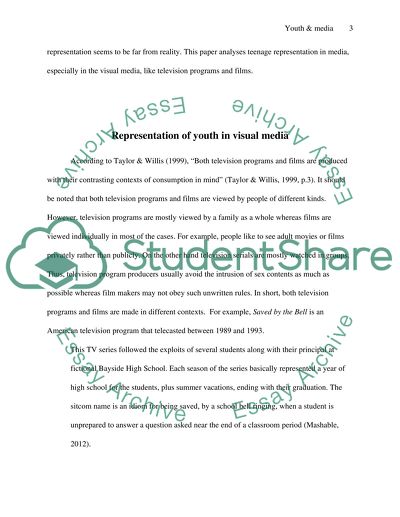Cite this document
(“The Representation of Youth Through the Media Essay”, n.d.)
Retrieved from https://studentshare.org/journalism-communication/1447156-the-representation-of-youth-through-the-media-tv
Retrieved from https://studentshare.org/journalism-communication/1447156-the-representation-of-youth-through-the-media-tv
(The Representation of Youth Through the Media Essay)
https://studentshare.org/journalism-communication/1447156-the-representation-of-youth-through-the-media-tv.
https://studentshare.org/journalism-communication/1447156-the-representation-of-youth-through-the-media-tv.
“The Representation of Youth Through the Media Essay”, n.d. https://studentshare.org/journalism-communication/1447156-the-representation-of-youth-through-the-media-tv.


